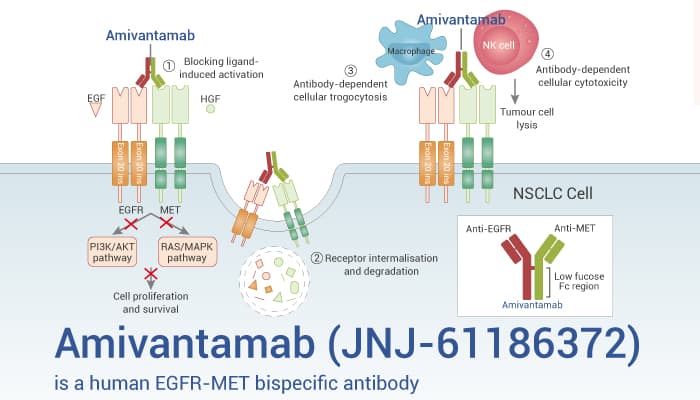Epidermal growth factor (EGF) is a protein that stimulates cell proliferation, differentiation, and survival by binding to its receptor EGFR. Additionally, It exists in platelets, urine, saliva, milk, tears, and blood plasma. The mesenchymal-epithelial transition (MET) is the reverse process of the epithelial-mesenchymal transition (EMT). Moreover, MET involves morphological changes, such as cell polarisation and the establishment of intercellular contacts, accompanied by changes in the activity of several transcription factors that regulate the expression levels of epithelial and mesenchymal cell markers and signaling molecules. In general, epithelial-associated genes are upregulated during MET, while mesenchymal-associated genes are downregulated. In addition to being present during embryonic development, MET has also been observed in the reprogramming of somatic cells into induced pluripotent stem cells and in disease states such as fibrosis, where MET also plays a key role in metabolic switching and epigenetic modifications.
Amivantamab (JNJ-61186372) is a human EGFR-MET bispecific antibody.

Amivantamab (JNJ-61186372) is a human EGFR-MET bispecific antibody with immune anticancer activity. It can inhibit ligand binding, promotes endocytosis and degradation of receptor-antibody complexes, and induces Fc-dependent cytokinesis in macrophages and antibody-dependent cytotoxicity in natural killer cells. For instance, Amivantamab (0.05-1 mg/mL) results in a significant and dose-dependent reduction in Ba/F3 cell viability, as well as in phosphorylated EGFR (pEGFR), phosphorylated AKT (pAKT), phosphorylated ERK (pERK) and phosphorylated S6 (pS6) of the EGFR downstream signaling pathway. Furthermore, Amivantamab (i.p, 30 mg/kg, twice a week, 15 days) is effective in reducing tumor volume in female thymus-free BALB-c/nu mice and has in vivo antitumor effects.
In conclusion, Amivantamab is an EGFR-MET bispecific monoclonal antibody for the treatment of non-small cell lung cancer.
References:
[1] Keunchil Park, et al. J Clin Oncol. 2021 Oct 20;39(30):3391-3402.
[2] Jiyeon Yun, et al. Cancer Discov. 2020 Aug;10(8):1194-1209.